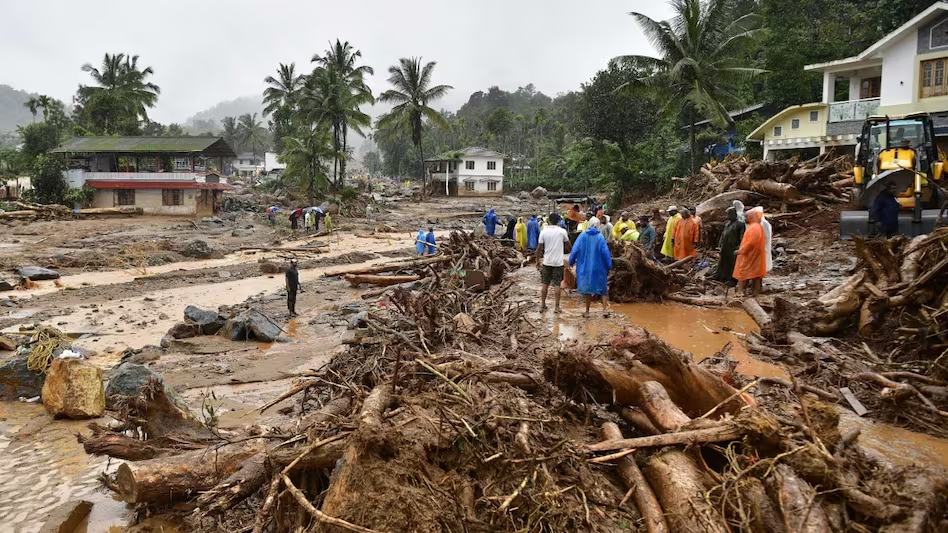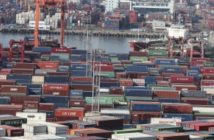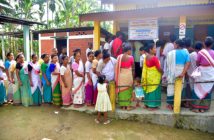The recent landslide in Wayanad, a picturesque district in Kerala, India, has wrought unprecedented devastation, claiming numerous lives and displacing countless families. As the region grapples with the aftermath of this natural calamity, the need for intensified relief efforts has never been more critical. The tragedy highlights both the immediate humanitarian needs and the long-term recovery challenges facing Wayanad. This article examines the extent of the disaster, the ongoing relief efforts, and the urgent need for enhanced support to address this crisis.
The Scale of the Tragedy
On July 29, 2024, a massive landslide struck the district of Wayanad, burying entire villages under a blanket of debris. The landslide, triggered by continuous heavy rainfall, has resulted in a significant loss of life and widespread destruction. As of the latest reports, the disaster has claimed at least 87 lives, with many more individuals reported missing. The affected areas include several remote villages, where the full extent of the damage is still being assessed.
The landslide not only resulted in the tragic loss of lives but also severely damaged infrastructure. Roads, bridges, and homes have been obliterated, making it exceedingly difficult for relief teams to access the affected regions. The region’s lush forests, which are usually a source of natural beauty, have become a treacherous landscape of mud and rocks, complicating rescue and relief operations.
Immediate Humanitarian Needs
The immediate needs of the affected population are vast and urgent. Thousands of residents have been displaced, with many finding refuge in temporary shelters set up by the authorities. The displaced individuals are in desperate need of food, clean water, medical supplies, and basic sanitation facilities. The heavy monsoon rains have exacerbated the situation, with the risk of further landslides and flooding continuing to threaten the region.
Health and safety concerns are paramount. The lack of access to clean drinking water and proper sanitation facilities heightens the risk of waterborne diseases. Additionally, the psychological impact on survivors, many of whom have lost family members and homes, underscores the need for mental health support and counseling services.
Ongoing Relief Efforts and Challenges
The Indian government, along with state agencies and non-governmental organizations (NGOs), has mobilized resources to provide immediate relief to the affected areas. The Kerala State Disaster Management Authority (KSDMA) has coordinated rescue and relief operations, deploying personnel from the National Disaster Response Force (NDRF) and other agencies to assist in the recovery efforts.
Relief efforts have included the distribution of essential supplies such as food packets, water, clothing, and medical kits. Temporary shelters have been established to accommodate displaced families, and mobile medical units are providing healthcare services to those in need.
However, these efforts are constrained by several challenges. The remote and rugged terrain of Wayanad has hampered the movement of relief teams and supplies. The ongoing heavy rains have further complicated rescue operations, with the risk of additional landslides making it difficult for teams to reach the affected areas.
The Need for Increased Support
While the initial relief efforts are commendable, the scale of the disaster necessitates a more robust and sustained response. Several key areas require immediate attention:
- Infrastructure Restoration: Rebuilding damaged infrastructure, including roads and bridges, is crucial for restoring access to affected areas and facilitating ongoing relief operations. This effort requires significant investment and coordination between government agencies and private sector partners.
- Enhanced Medical and Humanitarian Aid: The provision of medical aid and basic necessities needs to be scaled up to address the immediate health and humanitarian needs of the affected population. This includes ensuring adequate supplies of medicines, medical personnel, and mental health support.
- Long-Term Recovery and Rehabilitation: Beyond immediate relief, a comprehensive recovery plan is essential for long-term rehabilitation. This includes rebuilding homes, restoring livelihoods, and supporting affected families in their return to normalcy. Community-based recovery programs should be designed to involve local residents in the rebuilding process, ensuring that their needs and perspectives are addressed.
- Strengthening Disaster Preparedness: The Wayanad landslide underscores the importance of strengthening disaster preparedness and response systems. Investment in early warning systems, community education, and infrastructure improvements can help mitigate the impact of future disasters and enhance resilience.
Call to Action
The Wayanad landslide is a stark reminder of the vulnerability of communities living in disaster-prone areas. It calls for a concerted effort from all sectors—government, NGOs, private enterprises, and individuals—to provide immediate relief and support long-term recovery.
The Indian government must prioritize the allocation of resources and support to the affected region, ensuring that relief operations are not hindered by logistical challenges. NGOs and community organizations play a vital role in mobilizing aid and providing on-the-ground support, and their efforts should be supported and expanded.
Individuals and organizations can also contribute by donating to credible relief funds and volunteering their time and resources. Public awareness and advocacy can further amplify the call for increased support and ensure that the needs of the affected population are addressed.
Conclusion
The landslide in Wayanad has brought profound tragedy and disruption to a region already grappling with the challenges of natural disasters. The urgent need for enhanced relief efforts is clear, as the immediate humanitarian needs are substantial and the long-term recovery will require sustained commitment and resources. It is imperative that all stakeholders come together to support the affected communities, restore infrastructure, and build resilience against future disasters. The response to this crisis will be a testament to our collective capacity to act with compassion and resolve in the face of adversity.






